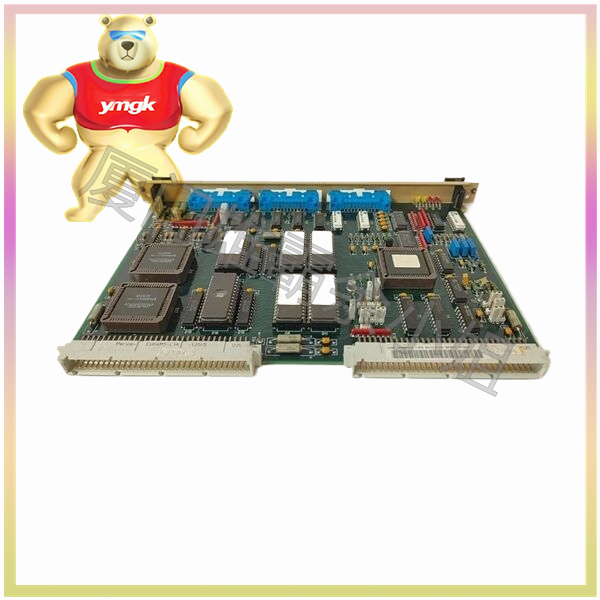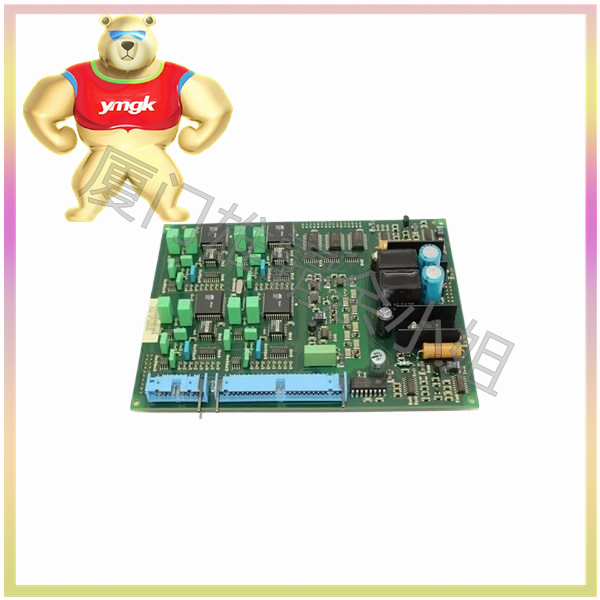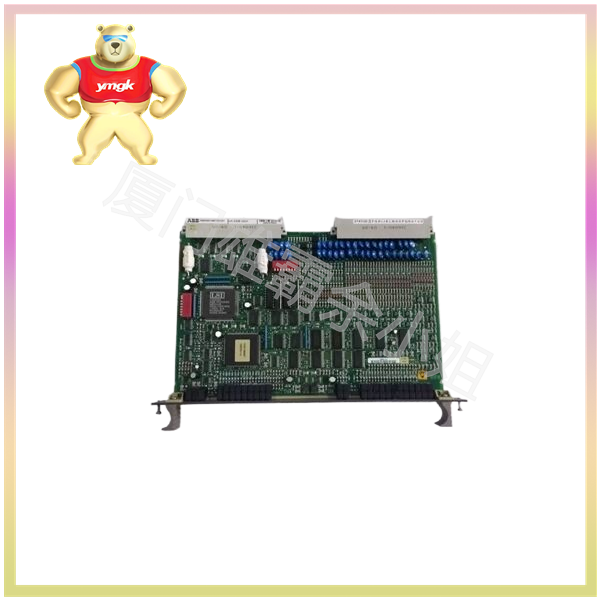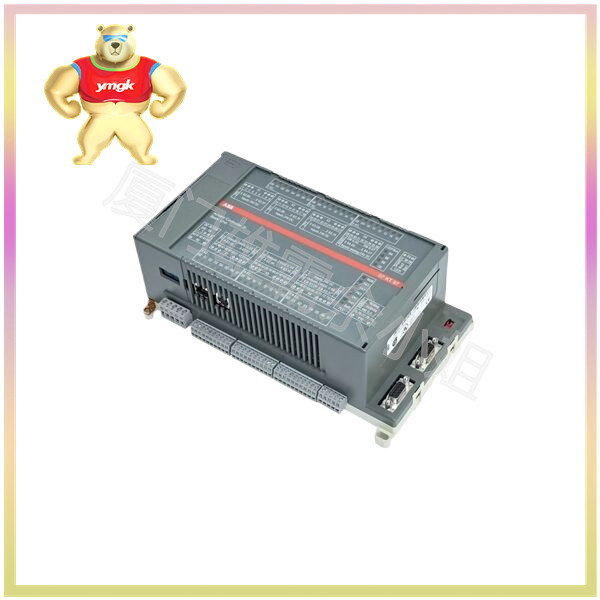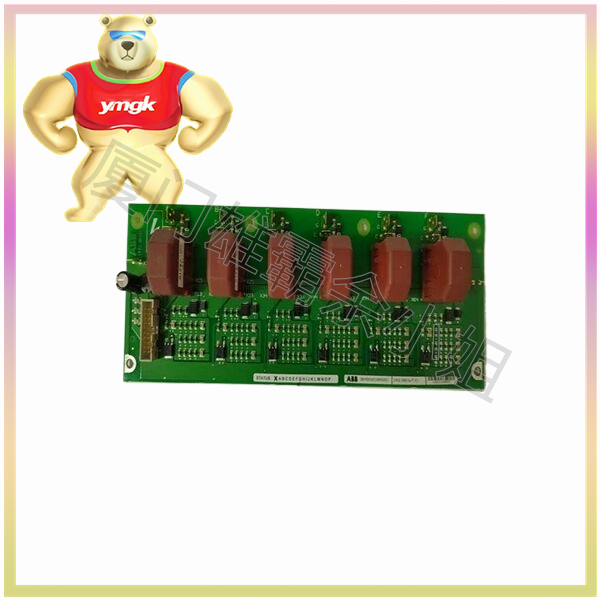Thyristor, also known as thyristor (SCR), is a semiconductor device widely used in the field of power electronics. A thyristor is a four layer three terminal device with two PN junctions, and its structure is similar to a combination of PNP and NPN transistors. The main characteristic of a thyristor is that its conduction and turn off states can be achieved by controlling the current or voltage of the gate, so it can be regarded as both a voltage control device and a current control device.
1、 The working principle of thyristor
Structure and symbols
A thyristor is a four layer three terminal device composed of alternating P-type and N-type semiconductor materials, forming a combination of PNP and NPN transistors. A thyristor has three electrodes: anode, cathode, and gate.
Conduction condition
The conduction condition of a thyristor is that the anode voltage is greater than the cathode voltage and the gate current reaches a certain value. When the thyristor meets the conduction condition, the PNP transistor and NPN transistor conduct simultaneously, forming a low impedance path, and the thyristor enters a conducting state.
Shutdown condition
The turn off condition of a thyristor is that the anode current drops to zero or the gate current disappears. When the thyristor meets the turn off condition, both PNP and NPN transistors turn off, and the thyristor enters the turn off state.
Storage time
During the turn off process of a thyristor, there is a storage time, which is the time from the anode current dropping to zero to the complete turn off of the thyristor. The storage time is related to the parameters and working conditions of the thyristor.
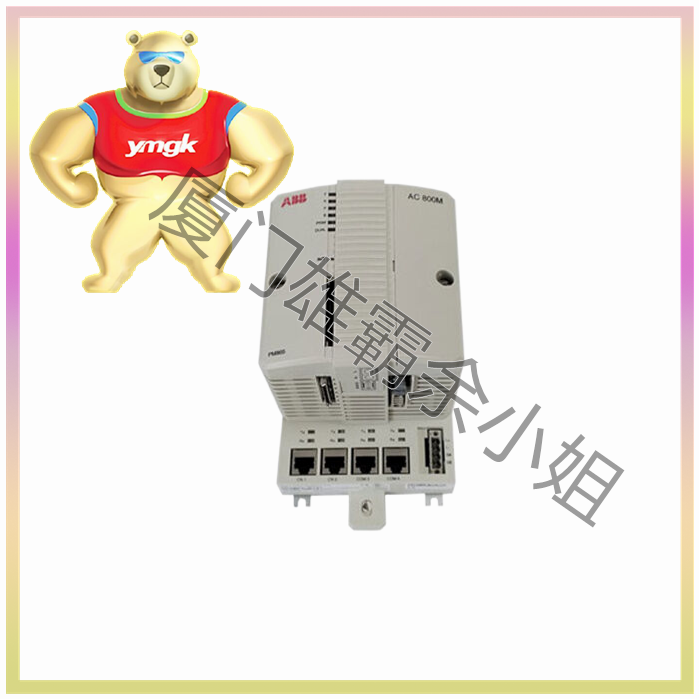
2、 Characteristics of thyristors
Positive conduction voltage
When a thyristor is in a conducting state, there is a forward voltage drop, typically between 1.5V and 3V. The forward conduction voltage is related to factors such as the current and temperature of the thyristor.
Reverse breakdown voltage
Under reverse bias, thyristors have a reverse breakdown voltage, which is the critical voltage at which they transition from the off state to the on state. The reverse breakdown voltage is related to the parameters and operating conditions of the thyristor.
Gate trigger current
The conduction of a thyristor requires the triggering of gate current, which refers to the minimum gate current required to transition the thyristor from the off state to the conducting state. The gate trigger current is related to the parameters and operating conditions of the thyristor.
Gate trigger voltage
The conduction of a thyristor also requires the triggering of the gate voltage, which is the minimum gate voltage required to transition the thyristor from the off state to the conducting state. The gate trigger voltage is related to the parameters and operating conditions of the thyristor.
Maintain current
The thyristor requires a certain holding current to maintain its conducting state when it is in a conducting state. The current is related to the parameters and operating conditions of the thyristor.
thermal stability
During long-term operation, thyristors generate heat, which affects their performance and lifespan. The thermal stability of a thyristor refers to its ability to operate normally in high temperature environments.
3、 The application of thyristors
Communication voltage regulation
Thyristors can be used for AC voltage regulation by controlling the conduction angle of the thyristor to regulate the load voltage. Communication voltage regulation is widely used in fields such as motor speed control and lighting adjustment.
DC voltage regulation
Thyristors can be used for DC voltage regulation by controlling the conduction time of the thyristors to regulate the load voltage. DC voltage regulation is widely used in fields such as power management and battery charging.
rectification
Thyristors can be used for rectification to convert alternating current into direct current. Rectification is widely used in fields such as power supply and power transmission.
Inverter
Thyristors can be used for inverters to convert direct current into alternating current. Inverters are widely used in fields such as power supply and power transmission.
Soft start
Thyristors can be used for soft start, and by controlling the conduction angle of the thyristor, the starting current of the motor can be controlled. Soft start is widely used in fields such as motor drive and power system.
overload protection
Thyristors can be used for overload protection by detecting the load current and controlling the conduction state of the thyristor to achieve overload protection. Overload protection is widely used in fields such as power systems and motor drives.

